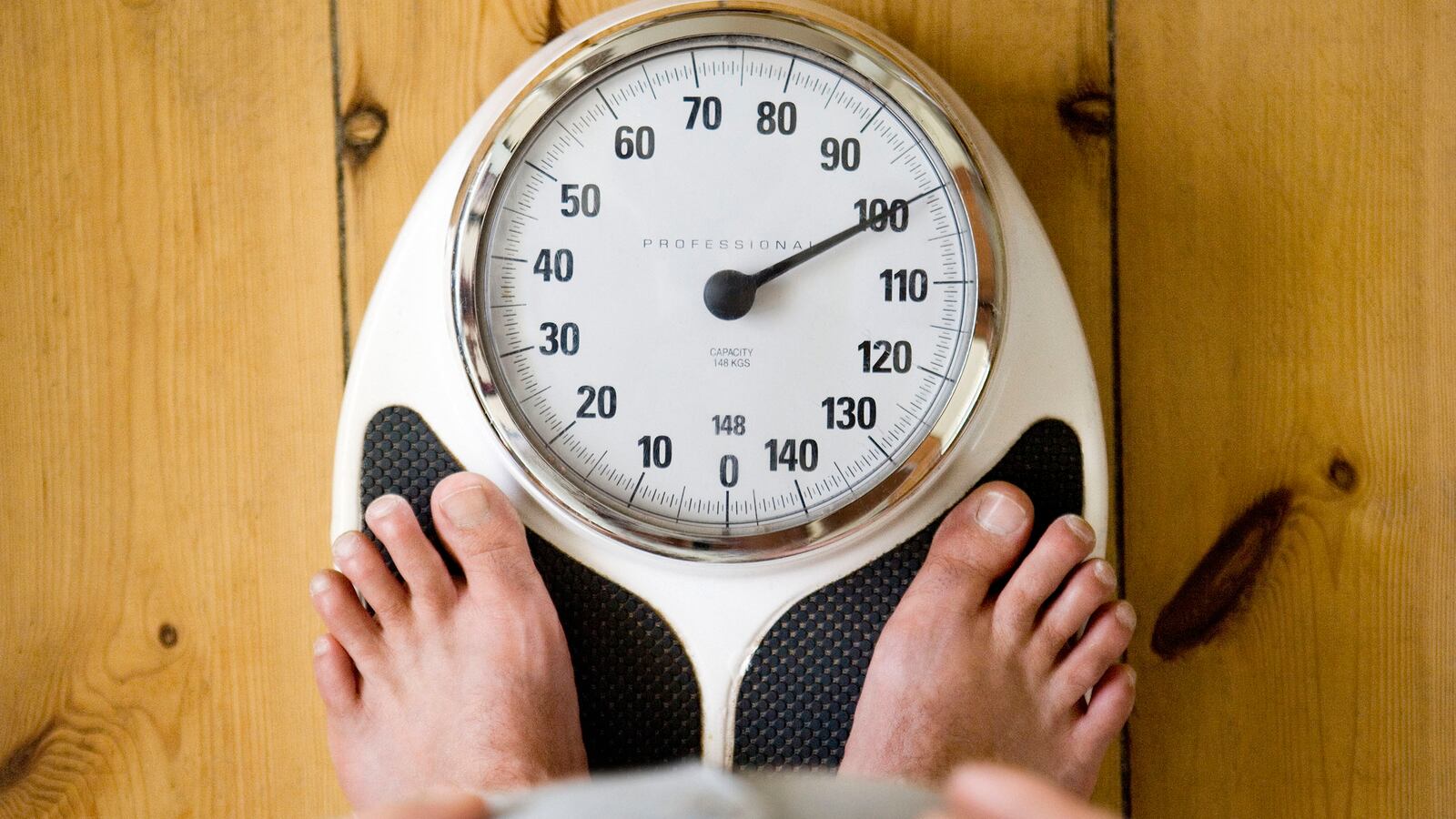The results are in and Homo habilis, our primate forebear, has won another round.

Yes, at number one in the year’s top ten trending diet searches on Google stands the Paleo diet, a hunter-and-gatherer sort of hominid approach to dining that re-acquaints us with the Wisdom of the Caveman.
It appears that Fred and Wilma were right all along.
Not only is Paleo flipping evolution upside down, but a second retro diet for future health, the Okinawa, comes in at number six. It has a lot of the same anti-modernism, pre-opposable thumb elements as the Paleo, purporting to capture the culinary essence of the indigenous peoples of the Japanese Ryukyu Islands who since the 6th century have been going about their business without the intrusion of the industrial revolution.
They stay thin because they have never met a potato chip and steer clear of reality TV shows. They also eat a balanced diet.
All ten on Google’s trending list reflect an ever growing trend in the way we eat now: a distrust of the way we eat now.
1. Paleo Diet 2. Juice Cleanse Diet 3. Mediterranean Diet 4. Master Cleanse Diet 5. Ketogenic Diet 6. Okinawa Diet 7. Omnivore Diet 8. Fruitarian Diet 9. Pescetarian Diet 10. Flexitarian Diet
It’s not just cynicism about the fast food nation consumption of fried this and canned that, but a basic dismissal of the standard American three squares, that veteran diet of things that can fit into a lunchbox.
This old, practical, expedient American way of preparing and consuming no longer cuts it, dying a slow death ever since the widespread introduction of take out. In its stead we have taken on extreme eating, a Parris Island boot camp return to basic food groups that stands on its toes to shriek to the masses some basic overlooked dietary truth.
The names themselves are more clever than the specifics: pescetarianism (fish, baby, fish), fruitarianism (take a guess), and the waffling flexitarianism (because a sizzling steak hits the spot once in a while).
Most of the diets that came in on the top ten list are comfortably ludicrous and dismissible as this year’s or this decade’s variation on the same theme—eat less junk and more grains, don’t grab seconds, exercise for Christ’s sake—but two of the diets present a bizarre and probably dangerous approach.
Meet “the cleanse.”
Ah humanity, so dirty, so tainted, so very much in need of repair!
Thankfully we can wash civilization and its discontents right out of our system by cleansing ourselves. It’s the dietary equivalent of going to confession and walking away with that fresh feeling. Right?
The Juice Cleanse (#2) beat the Master Cleanse (#4) in Google searches, but one must acknowledge the original “Master.”
His name is Stanley Burroughs, (no genetic relation to William), and it is he who concocted the approach in the 1940s and brought it back to a new generation in search of the extreme in the 1970s.
The diet is mighty simple: lemonade is coupled with various teas, spiked with maple syrup sapped from the tree, and of course cayenne pepper. No “food.” The lemonade slurry, for biologically uncertain reasons, is said to suck fat out of the bloodstream and, um, make you cleaner or at least less fatty (never mind that fat lines our nerves and innards and is as necessary to living things as is oxygen).
Advocates claim their sinuses feel better, their joints don’t hurt, and they are trim and twinkled toes once again.
The Master Cleanser though may veer a little close to Reverend Moon for some.
Burroughs writes, “Working knowingly with the Master Cleanser and Master Builder brings humanity closer to perfection of the human form…At last the basic mystery of disease has been solved by the Master Cleanser.” (Please note that this Master Builder is not known to be related to the Ibsen play by the same name). Burroughs, perhaps not surprisingly, followed up his The Master Cleanser with the even more seductively titled, Healing for the Age of Enlightenment which re-advises about cleansing and leaving disease in the rearview mirror, this time around with symphonic overtones of global domination.
Not that the dream of global domination is itself a problem, but the negative health consequences of living this far off the dietary grid for more than a week or two can be substantial. As Paleo reminds us, we actually are animals and have developed with certain dietary needs. These include carbs and protein and fats, minerals and vitamins and electrolytes. We have teeth that allow us to grind plants (molars) or tear flesh (incisors).
We are evolutionarily pretty well adapted to eat just about anything. OK, maybe not Cheetos or soda or Big Macs, but we can handle just about everything else, as long as the portion are not sized to handle a hungry man.
The cleanse, though, leaves out far too many nutritional basics to be safe for the long haul—and for many even the medium haul. So as much fun as cleansing might be to shake out the doldrums for a few days, it is best to look elsewhere for the extreme or the tasty or the nutritious. The diets—all ten of them really—are of use to no one except perhaps the book industry (not a bad industry to prop up).
There simply are no short-cuts to health or to nutrition, no single diet that solves everyone’s problems. Rather it is the un-extreme, un-newsy, un-Googled advice that works: with food as with so many other activities, moderation is the only diet that works.
That, and reading no more articles about hot new diets.






